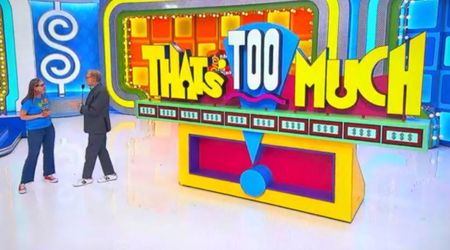Here's How Much You Need To Purchase a Starter Home in America

In the landscape of American homeownership, the benchmarks for affordability have undergone a significant transformation in recent years. According to a report by Redfin, the financial threshold for purchasing a basic home in the United States has surged to $76,000 annually, a stark departure from the prerequisites before the pandemic. This shift reflects the confluence of escalating mortgage rates and unprecedented spikes in home prices, reshaping the accessibility of starter homes for aspiring buyers.

Four years ago, individuals with yearly earnings of $40,500 could comfortably contemplate owning a typical starter home. However, the current reality dictates a substantially higher income bracket, rendering homeownership an increasingly distant prospect for many Americans.
Elijah de la Campa, Senior Economist at Redfin, elucidated this phenomenon, stating, "The pandemic housing-market boom changed the definition of a starter home." "A decade ago, many people thought of a starter home as a small three-bedroom single-family house. Now that type of home could cost seven figures, especially in expensive parts of the country," he added.
The conventional yardstick for affordability hinges on the principle that a buyer should allocate no more than 30% of their income towards housing expenses, assuming a 3.5% down payment. This translates into a daunting financial threshold, especially considering the modest salaries of many full-time workers.
According to the Bureau of Labor Statistics, the typical full-time worker in the U.S. earns approximately $66,000 annually, highlighting the growing disparity between earnings and the cost of homeownership.

Starter homes, emblematic of modestly priced and smaller residences, have historically served as the gateway for first-time buyers to enter the real estate market. Nevertheless, the landscape has changed, with many of these properties now characterized by dilapidation and requiring substantial investments in renovation. This exacerbates the financial burden on prospective buyers, further accentuating the affordability crisis.
The median price of a starter home stood at $240,000 in February, marking a 3.4% increase from the previous year. Comparatively, just two years prior, in February 2020, the median sale price was a more modest $169,000, coinciding with a lower average mortgage rate of 3.5%.
However, as of the latest data, rates for a conventional 30-year loan have soared to 6.87%, significantly augmenting the financial strain on prospective buyers.

Compounding the challenge is the scarcity of affordable homes on the market, further exacerbated by the prevalence of all-cash offers. Redfin's findings indicate that over a third of the nation's starter homes were purchased in cash in February, underscoring the formidable competition that first-time buyers confront.
However, it's essential to recognize the regional disparities in housing affordability across the United States. While cities like San Jose demand an annual income upwards of $319,000 to afford a home, Detroit requires a significantly lower threshold of $22,000.
Furthermore, expanding the scope beyond starter homes amplifies the affordability conundrum for the average buyer. Research from Zillow indicates that Americans must command an income of approximately $106,500 to comfortably afford a typical home, highlighting the pervasive challenges permeating the housing market.




















